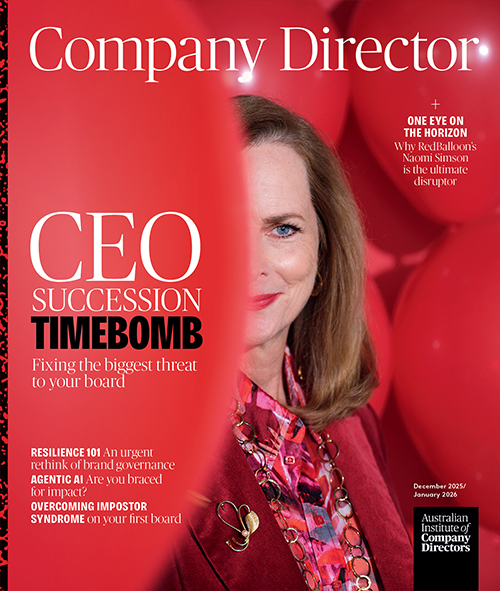Voluntary liquidation occurs when a company’s directors decide to wind up its operations by appointing a liquidator. This usually happens once they recognise the business can’t meet its obligations on time and is therefore insolvent. Though it’s never an easy choice, voluntarily liquidating can help directors manage a difficult situation responsibly and potentially avoid further complications.
Key Points
- Voluntary liquidation is initiated by directors when the company is insolvent.
- A liquidator handles the process of gathering and distributing assets.
- Directors have a legal duty to prevent insolvent trading.
- Proper communication and record-keeping during liquidation can protect directors from personal liability.
Director Responsibilities
Before opting for voluntary liquidation, directors should review all possible alternatives—like restructuring or finding new funding. If no workable options remain, liquidation may prove the best route. Throughout this process, directors must stay alert to their legal obligations, ensuring they act in the company’s best interests.
• Role of a Liquidator: A liquidator steps in to sell off the company’s assets and distribute funds to creditors in line with a legally prescribed hierarchy.
• Obligation to Prevent Insolvent Trading: Australian law imposes a duty on directors to stop the company from trading while insolvent.
By initiating voluntary liquidation themselves, directors demonstrate they are addressing insolvency concerns directly. This proactive stance can lessen the risk of personal liability claims, since it shows they haven’t allowed the company to continue operating with no prospect of paying its debts.
The Liquidation Process
They evaluate and sell the company’s assets, settle debts with creditors based on priority, and look into why the business could not continue.
During this investigation, the liquidator reports any suspicious activity—such as insolvent trading or breaches of duty—to the Australian Securities and Investments Commission (ASIC).
Although this phase can be stressful for everyone involved, cooperation and clarity help ensure the process unfolds methodically. Creditors are notified and given details about how claims will be handled. Meanwhile, the liquidator compiles a report about the business’s financial collapse, which may include recommendations for further action.
Benefits of Going Voluntary
One advantage of calling in a liquidator sooner rather than later is that it allows for a structured wind-down. Creditors, employees, and other stakeholders may be better served by an orderly resolution instead of a chaotic scramble if the company continues to slide deeper into insolvency. Additionally, directors who show they’ve taken timely steps to address insolvency can help insulate themselves from allegations of wrongful or negligent trading.
Critical Considerations
It’s also essential for directors to fulfill their legal obligations, maintain accurate financial records, and cooperate fully with the liquidator. Offering transparency and comprehensive information helps the process run smoothly and demonstrates the directors’ good-faith efforts to resolve the situation responsibly.
Failing to uphold these standards can lead to serious consequences, including personal liability. If the appointed liquidator finds that directors allowed the company to keep operating when it had little chance of meeting its obligations, they can face legal action. Ensuring thorough record-keeping, quick communication, and active engagement with professionals can mitigate these risks.
Conclusion
Voluntary liquidation is a challenging, yet sometimes necessary, course of action for companies in financial distress. By appointing a liquidator and adhering to their legal responsibilities, directors can limit potential liabilities, bring clarity to the winding-up process, and serve the best interests of both the business and its creditors. While no director hopes to oversee liquidation, understanding how it works—and why it matters—ensures they can act decisively and responsibly when difficult times arise.
Already a member?
Login to view this content



